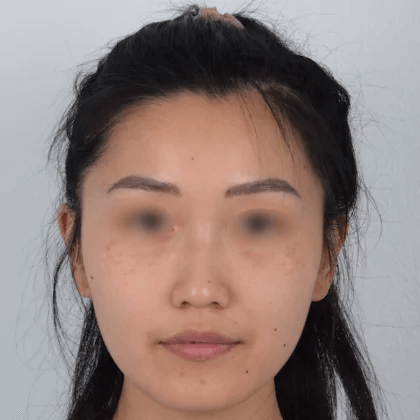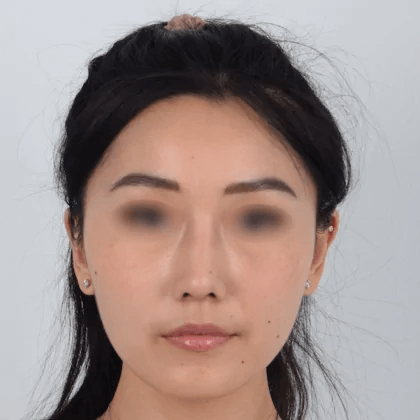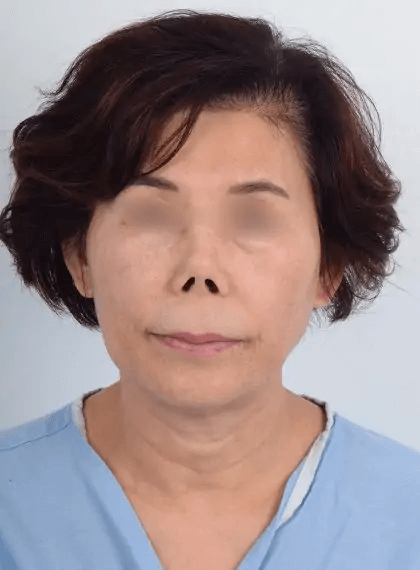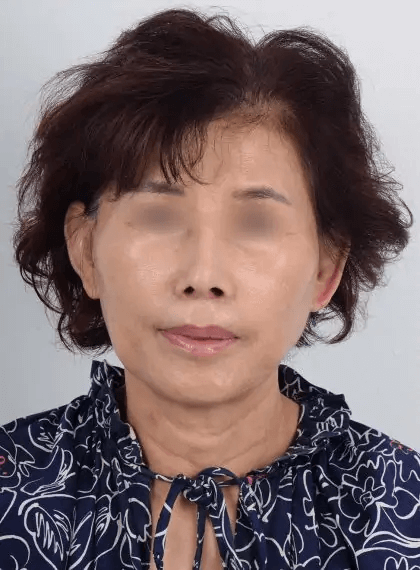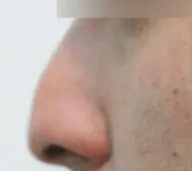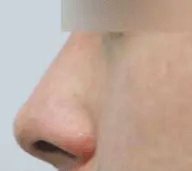Tip Plasty

Dream Medical Group and Dr. Kenneth Kim perform various surgical techniques to correct different conditions to make aesthetically ideal and natural-appearing results. Thus, prior consultation is very crucial in determining the exact method and duration of the surgery.
Before and After Photos
Low-Sitting Nose
In case for severe low-sitting nose, ear cartilage grafting might not be sufficient enough to achieve an aesthetically beautiful nose. Depending on each individual, Dr. Kim may utilize MedPor in order to create a strong support at the nasal tip, suture the nasal cartilages to reshape, and overlap ear cartilages to create a beautiful nose. This technique allows the new shape of the nose to last for a long period of time while efficiently achieve the desired results.
Bulbous Nose
People with a bulbous nose have thicker nose skin and soft tissue.
Broad and flat Nasal Tip
The broad and flat nasal tip can be corrected through repositioning the nasal tip cartilages. By repositioning the cartilages that shape the nostrils, the size of the flared nostrils can be changed, and the angle of the nose can be corrected. MedPor and ear cartilages may be utilized to help supporting the nasal tip and heightening the tip.
Flared Nasal Tip
Either way, the incision will not be noticeable, since inside incision cannot be seen externally, and the outside incision will be hidden by the folding wrinkle located at where the nose and the cheek meet.




